
|
|
|
|
|
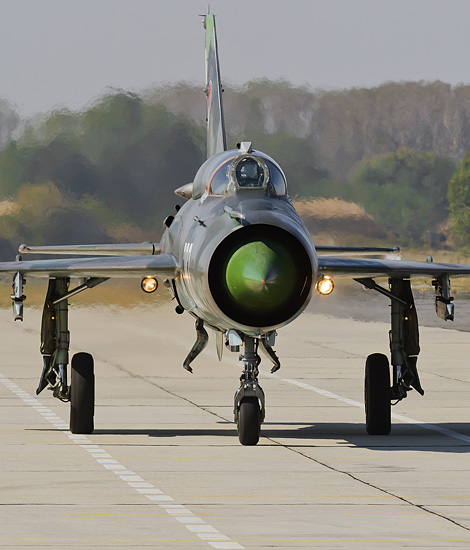
|
Mikoyan-Gurevic MiG-21 Fishbed; Graf-Ignatievo, October 5, 2012
The Bulgarian MiGs, part 1; Text and Photograph's by Alex van Noye
The MiG-21 is without doubt the most successful aircraft ever in use within the Bulgarian Air Force. The aircraft has
also the longest operational record of all the fighters of the Bulgarian Air Force. The last Bulgarian MiG-21s will be
phased out after 50 years of operational service at the end of the year 2012.
The Mikoyan-Gurevich MiG-21 (Микоян и Гуревич МиГ-21) is a supersonic fighter built in the Soviet Union. The NATO code
name for this fighter is Fishbed; the two-seater variants are called Mongol. The aircraft received the nickname Balalaika
in Russia and in Poland the aircraft was affectionately nicknamed Ołówek (pencil). The first version of the MiG-21 was
seen as a plane of the second generation. Later variants of the MiG-21 were considered to be third-generation fighter
aircraft. The MiG-21 has served in more than 50 countries. The MiG-21 has a number of records on its name. The MiG-21
is the most produced supersonic fighter in the world. Also, the aircraft had the longest running production in the world
from 1959 until 1985. More than 10,000 aircraft of this type were built by Mikoyan-Gurevich. These numbers are exceptional
for a modern fighter. The MiG-21 was the successor to the MiGs from the series MiG-15, MiG-17 and MiG-19. The design
of the aircraft which became the MiG-21 was started at the beginning of the 50s. The prototype of the Ye-1 was completed
in 1954. The second prototype, the Ye-2 was equipped with swing wings. The final draft of the MiG-21 was the Ye-4 which
was equipped with the original delta wing configuration. The aircraft made its first flight on June 16, 1955. The aircraft
was first shown publicly during the Soviet Aviation Day at Tushino Air Base near Moscow in July 1956. In the West, there
was not much information available about the MiG-21. The MiG-21 was in the West initially referred to as the Sukhoi Su-9.
The aircraft was later designated as the Fishbed when it became clear it was a new type.
The MiG-21 was the first Soviet-made aircraft which was suitable for both the fighter role and the role of interceptor.
The aircraft was first plane which was able to reach speeds above Mach 2. The MiG-21 was in the beginning equipped with
an engine which was fairly under-powered. The MiG-21 is in its primary role of interceptor similar to the American
Lockheed F-104 Starfighter, the American Northrop F-5 and the Das-
|
|
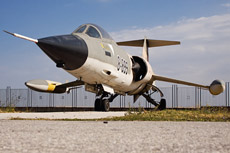
|
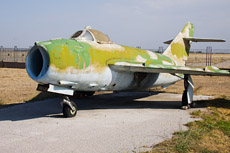
|
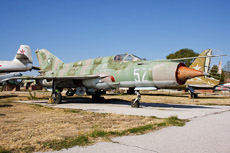
|
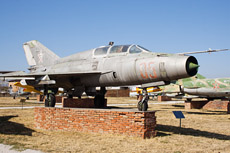
|
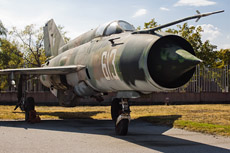
|
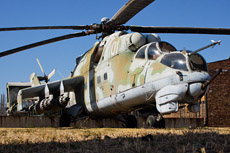
|
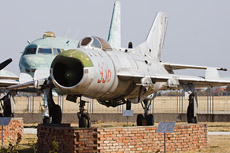
|
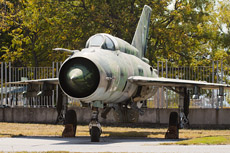
|
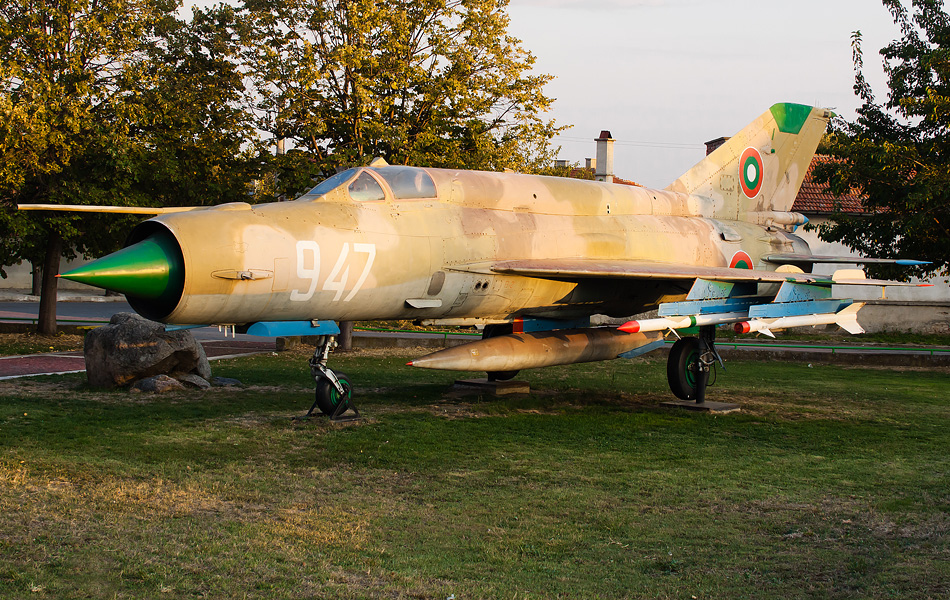
|
sault Mirage III. The basic design of the MiG-21 was based on a delta wing structure. The MiG-21 had small tail wings
unlike the French aircraft from that age. The aircraft was built with the shape of a long thin missile with a pilot
sitting on top of it; the aircraft had also a hole in the front for inhaling air to the engine. This hole contained
also the nose cone which later would carry radar. The first MiG-21 variants were operating in the interceptor role
besides the Su-7 and later the Su-9. Like many other aircraft, the MiG-21 was built for combat at short distances.
The aircraft was able to stay only 45 minutes in the air. At later versions of the MiG-21, this problem was solved
by a much larger fuel capacity. Because of the delta wing structure and a weak engine, the MiG-21 had a huge turning
circle in the air. The MiG-21 was therefore in disadvantage as air superiority fighter compared to many American air
superiority fighters. Only from the MiG-29 the Soviet Air Force offered a plane which was superior to the Americans.
The Bulgarian Air Force had a total of 7 MiG-21 airbases. These airfields were; the 1st Fighter Air Base (Dobroslavtsi)
(1ва Изтребителна авиобаза Доброславци) at the north of Sofia, the 2nd Fighter Air Base Gabrovnitsa (2ва Изтребителна
авиобаза Габровница) at the north of Montana, the 3rd Fighter Air Base (Graf Ignatievo) (3ва Изтребителна авиобаза Граф
Игнатиево) at the north of Plovdiv, the 4th Fighter Air Base Uzundzhovo (4ва Изтребителна Авиобаза Узунджово) at the north
of Haskovo, the 5th Fighter Air Base Ravnets (5ва Изтребителна Авиобаза Равнец) at the west of Burgas, the 6th Fighter
Air Base Balchik (6ва Изтребителна Авиобаза Балчик) at the north of Varna and finally the 26th Reconnaissance Air Base
Dobrich (26та Разуз- навателна авиобаза Добрич) at the north of Varna. Graf Ignatievo was in 1963 the first Bulgarian
airbase which received the MiG-21. The oldest MiG-21 variant within the Bulgarian Air Force was the MiG-21F-13. The
MiG-21 had replaced the major part of the MiG-15, MiG-17 and MiG-19 fleet within the Bulgarian Air Force. The 2 airbases
Dobroslavtsi and Gabrovnitsa flew only a very short period with the MiG-21, because these airfields were converted to
the MiG-23 in 1978 and 1982. These airfields used from 1964 until the arrival of the MiG-23 the MiG-21PF and MiG-21MF.
The MiG-21s at these 2 airfields were part of the 1st Fighter Aviation Division. The 2 airfields Graf Ignatievo and
Uzundzhovo formed the 2nd Fighter Aviation Division. From 1964 until now, these airfields were equipped with the
MiG-21F-13, the MiG-21P, the MiG-21PF and MiG-21bis. Uzundzhovo was disbanded in 2002 because of budget cuts.
The 3rd Fighter Aviation Division was formed by units of the 2 airfields Ravnets and Balchik. The units at these 2
airfields flew many years with the MiG-21. From 1966 until 1998, these airfields were equipped with the MiG-21PF,
MiG-21PFM, MiG-21UM and MiG-21bis. In 1998, both airfields were closed due to drastic cuts which were announced by
the Bulgarian Air Force. In the period from 1998 until 2002, more than 2/3 of the Bulgarian Air Force was cut. The
MiG-21s on the seventh airbase Dobrich had a special function. This airbase was specialized in photo reconnaissance.
The first MiG-21 arrived in Dobrich in 1966. Until 2002, the units at Dobrich used the MiG-2R, the MiG-21F-13, the
MiG-21RF-13, the MiG-21MF and MiG-21UM. Graf-Ignatievo is at this moment the only airbase which is still operational
with the MiG-21. The airbase is equipped with the MiG-21bis and MiG-21UM. At the end of 2012 the impressive career of
the MiG-21 in Bulgaria comes to an end after more than 50 years of operational service. The aircraft will be phased
out after it has served during 50 of the 100 years in the existence of the Bulgarian Air Force. In total, the
Bulgarian Air Force had in this period 224 MiG-21s in service. The tasks of the MiG-21 will fully be taken over by
the MiG-29 which is also based at Graf Ignatievo. It is still unclear whether the MiG-21 will be followed up by
another aircraft type or not within the Bulgarian Air Force.
|
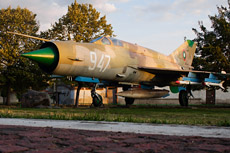
|
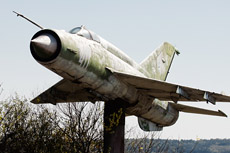
|
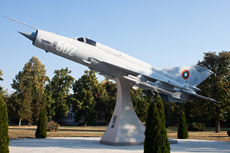
|
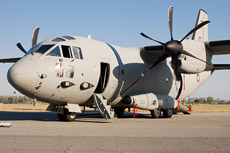
|
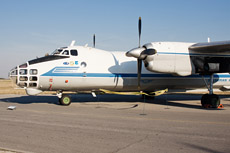
|
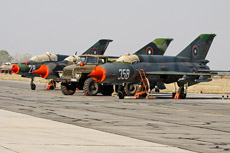
|
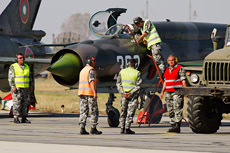
|
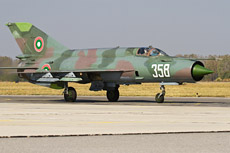
|
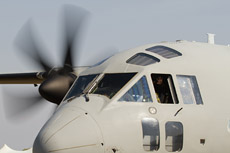
|
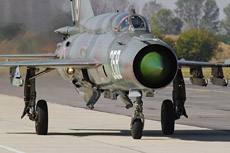
|
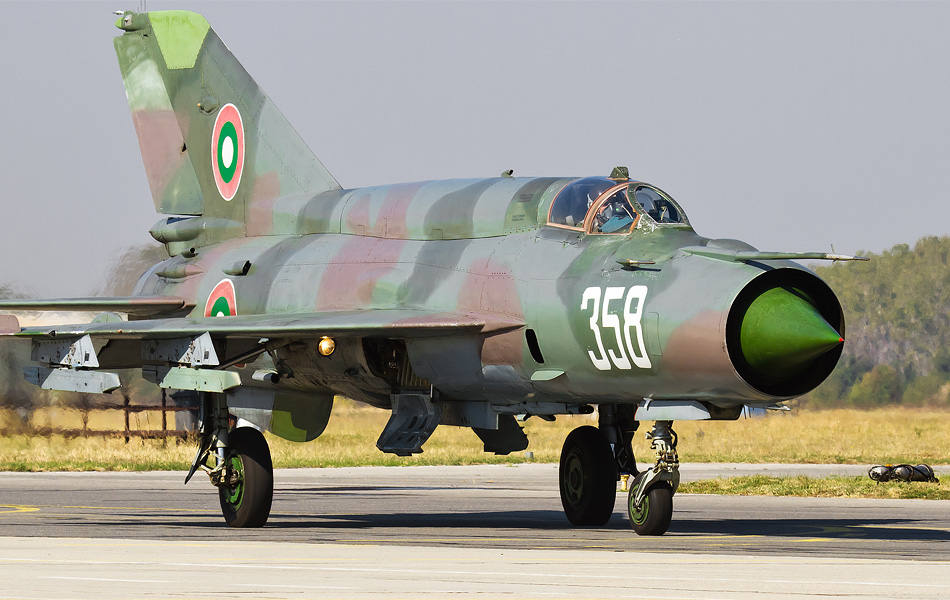
|
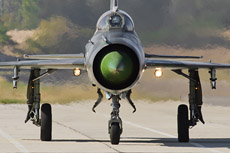
|
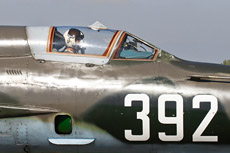
|
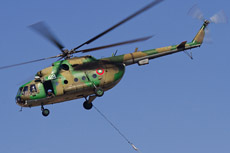
|
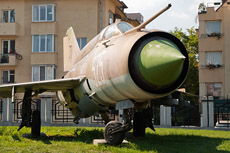
|
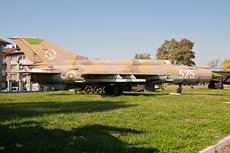
|
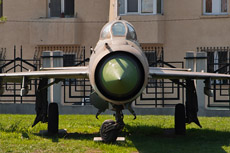
|
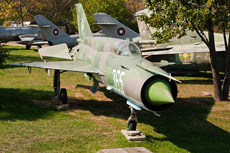
|
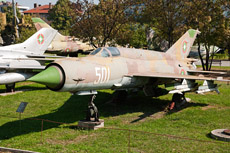
|
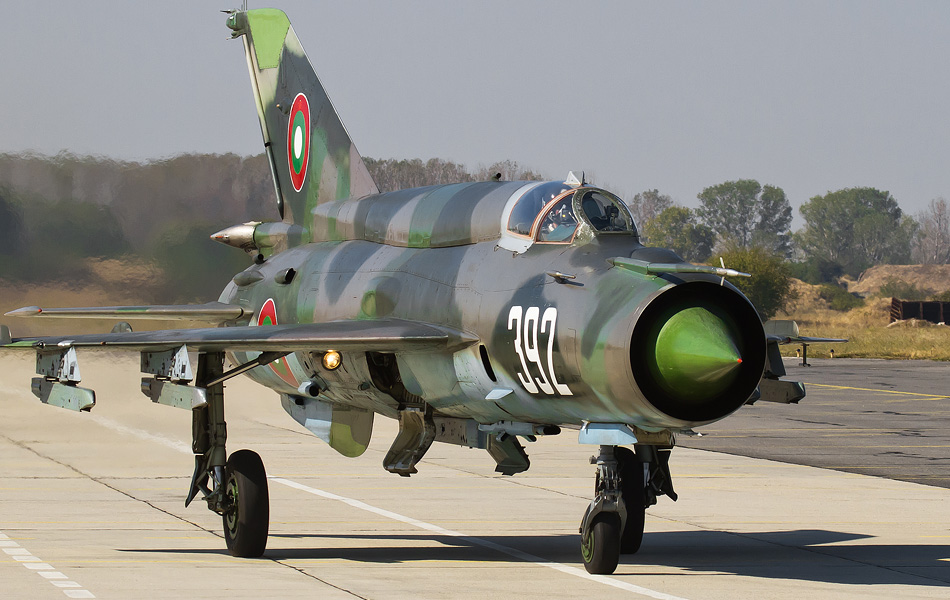
|
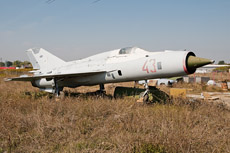
|
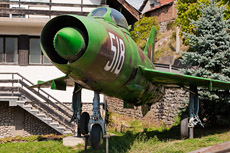
|
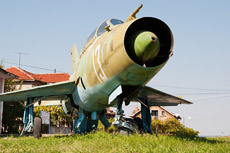
|
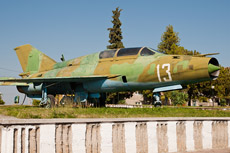
|
|
|

|







